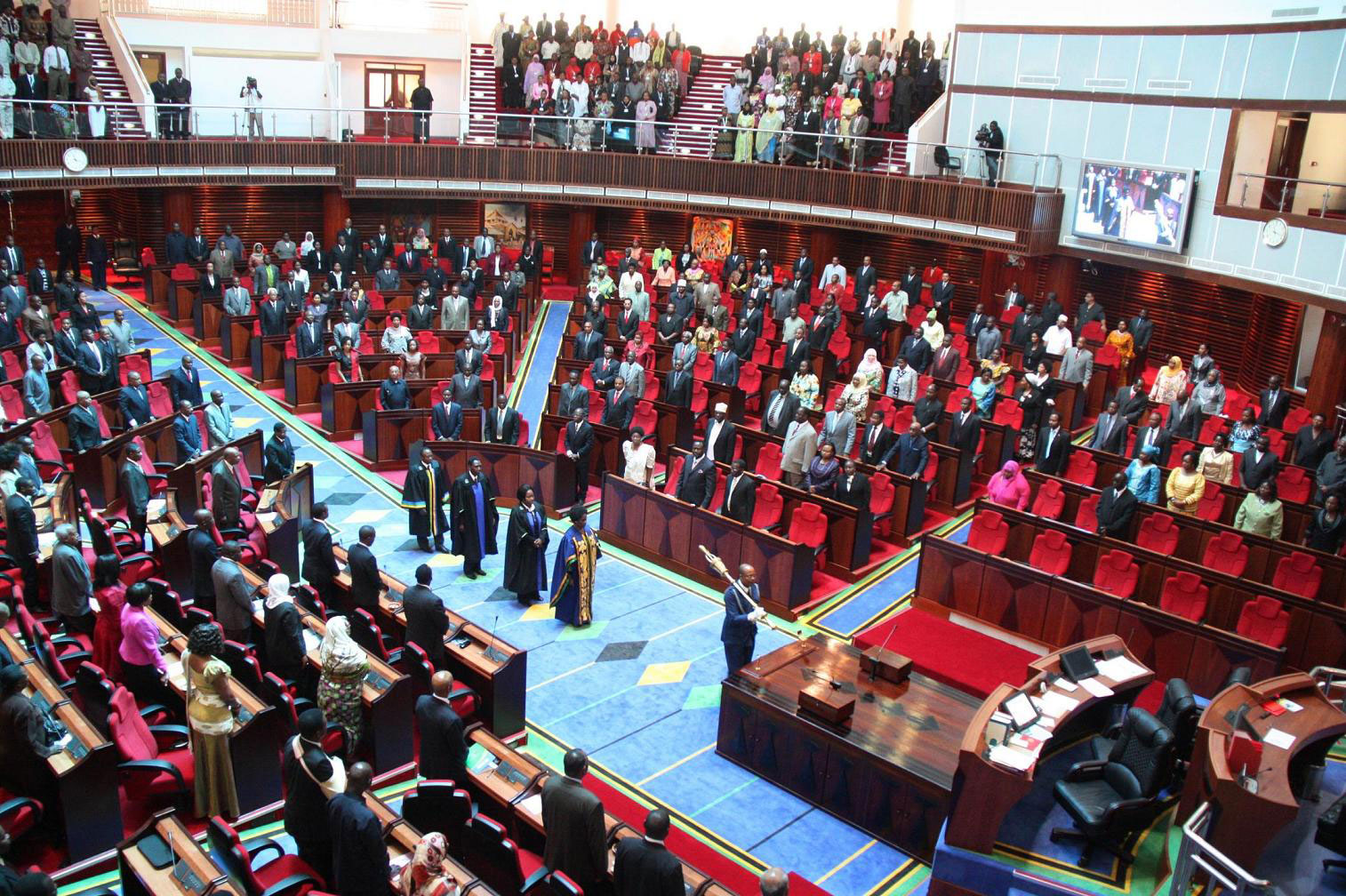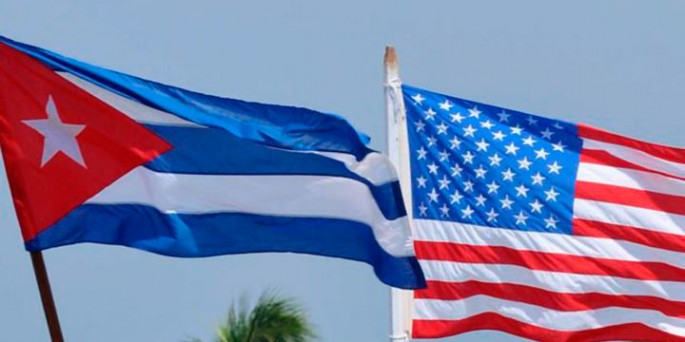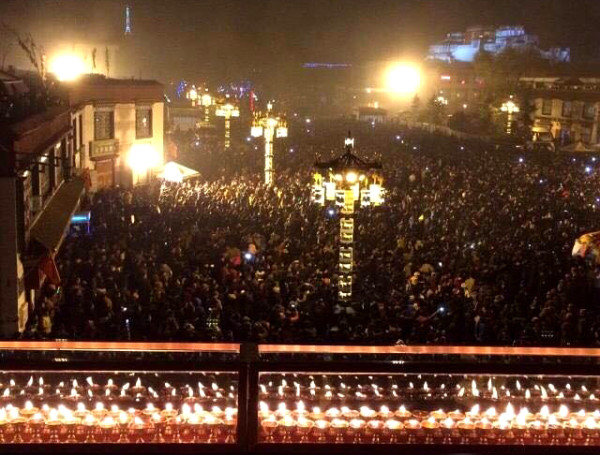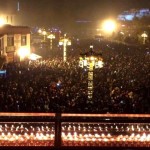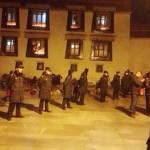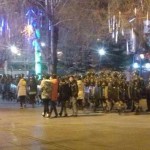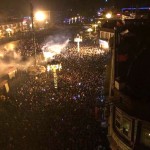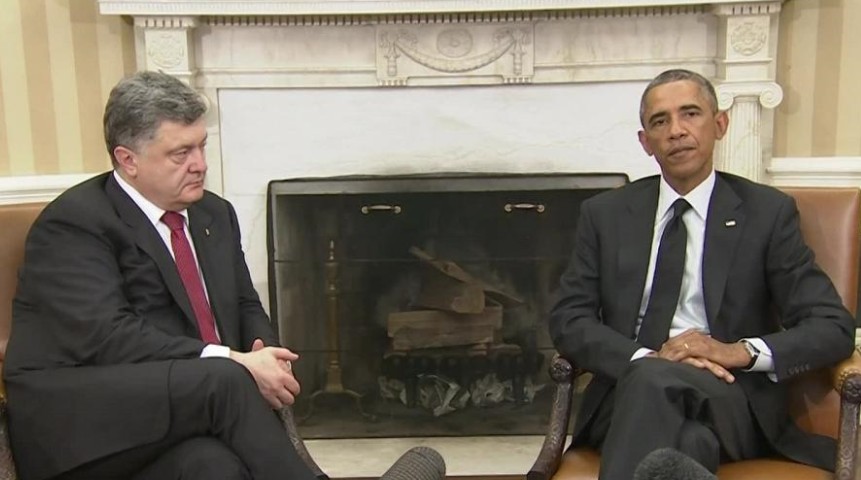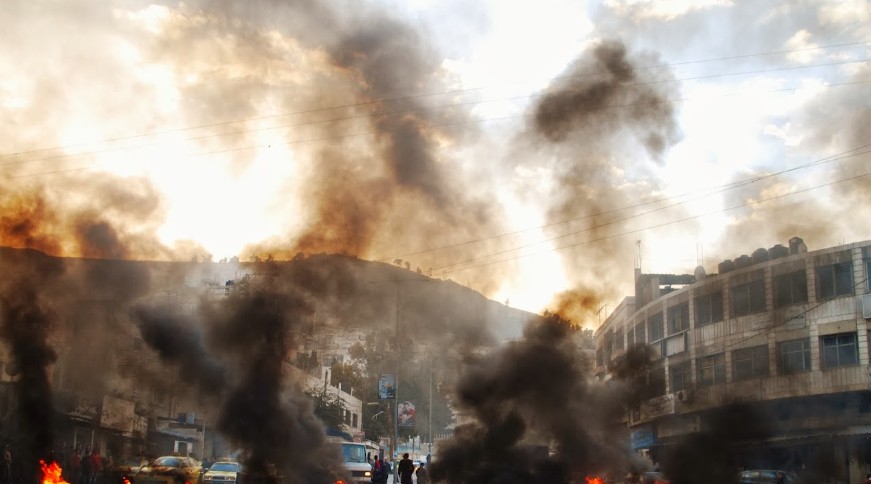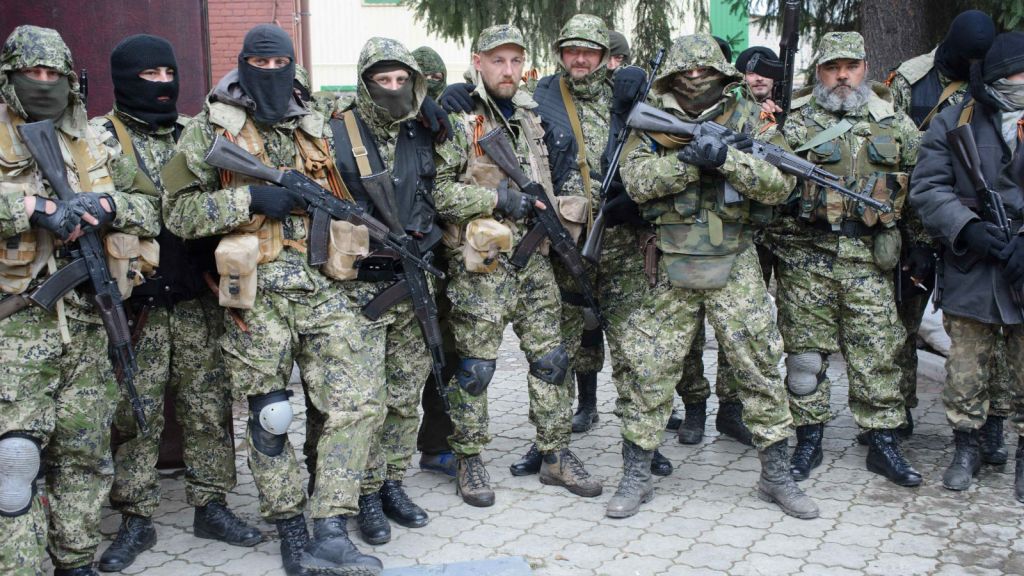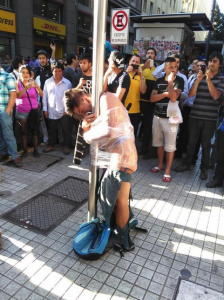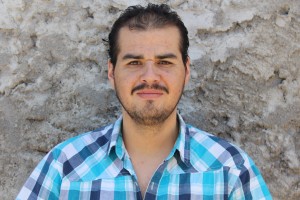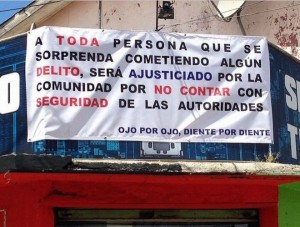In this enthralling account of the streets of the Holy Land, written by the hand of an Israeli Defense Forces soldier who took part in the most recent war in Gaza, we are provided with a visceral and beautiful account of the land and conflict at the heart of the Israeli-Palestinian struggle.
The Judean hills are burning. The hills spotted with lichen-encrusted boulders, the odd olive tree daring to grow on slopes so steep even the goats rarely climb them; the ancient stone terraces and the small farms and villages dotting the landscape are ablaze. A smoky haze lies over the earth there, carrying with it the stench of burning rubber and trash from the Arab villages. Even tourists can easily tell the Arab villages from the Jewish ones; the Arab ones are drab concrete, utilitarian, lacking glass in the windows for the most part, except for the mansions higher up on the hills, which wouldn’t look out of place in Greenwich CT, as opposed to the Jewish villages and towns which are full of date palms and flowers, beautiful homes with red roofs and strong walls. The other way to tell is the gates. The Arab villages have a sign in front in Hebrew, Arabic and English stating that the area is extremely dangerous and you are risking your life by entering, therefore entrance is illegal for Israeli citizens. The Jewish villages have strong gates, two layers of fences with barbed wire, and armed guards. In the Jewish villages, the air is clear and clean, as high as a thousand meters above sea level, the wind easily whistles through clothes, but there are playgrounds for the children, synagogues, community centers, sports centers, outdoor gyms free of charge, and many even have their own fire departments and ambulances. The Arab villages are choked with black and blue smoke, partially from the Arab custom of burning trash in order to dispose of it, and partially from the riots.
As part of their resistance to Jewish “occupation” Arab villages and towns regularly stage riots. These are not demonstrations or protests, but violent attacks. There are no slogans chanted, no demands, and no goals other than to cause damage and attract attention. Young men from the villages carry out the riots. The youths are usually free because there are not enough jobs in the Arab villages, and complications with entering Israel via proper checkpoints prevent many from gaining employment, leading to general unrest and discontent. Every Friday there is the standard riot, which varies by village; however in general youths anywhere from 12-25 flock to certain areas to congregate in groups of up to 300 in order to present more of a threat. In these situations the police force and the army both handle the riot and are quite used to them. They are standard, we know what to expect, and how long it will last, when the Arabs break for prayers and lunch. We even know who brings the lunch!
What is happening now is different. There are many smaller riots, which start randomly more or less. Often organized by text messages or whatsapp groups, these are almost like flashmobs in that they start so quickly. Generally, the first step for them is to pour some gasoline over a few old tires, light them on fire, and roll them towards the soldiers. Of course, they won’t reach the soldiers, but they make for good photographs, as the thick black smoke from the tires dramatizes the scene. Once the tires have been lit, the riot can begin. The youths (all male of course) begin shouting, but they are not shouting things like “Free Palestine” or “End the Occupation.” They are shouting obscene things about the soldiers’ mothers and sisters, mixed with threats to rape said mothers and sisters. The soldiers, knowing what is coming, get thick, strong riot shields. The rocks start flying. Rock throwing is apparently an honored Palestinian childhood pastime. They enjoy dropping boulders on passing cars from cliffs, causing crashes and not a few deaths, throwing rocks at passing cars, once again causing crashes and not a few deaths, throwing rocks from a moving car as it passes another car, exponentially increasing the speed and power, and most frequently, throwing rocks at soldiers. Normally, a thrown rock at a soldier isn’t that much of an issue. Most Palestinians are not professional baseball pitchers, and so with a shield and good reflexes it is fairly easy to avoid a rock thrown by hand. The Palestinians have of course realized this and begun using slings in order to increase the speed of a launched stone to the point where it is barely visible. Anyone who knows basic physics knows that speed is far more important than mass when it comes to calculating energy, and so an increase in speed means a massive increase in damage if the rocks hit (interesting anecdote, I actually had a fractured tailbone from being hit with a rock in a riot… very unpleasant I must say).
If the soldiers were to leave the area in order to escape the danger from the rocks, the Palestinians would move on and throw rocks at passing cars, endangering both Arab and Israeli civilians (note that this is not conjecture, but proven to happen nearly every time). Therefore, they must disperse this riot, this danger to themselves and to civilians. However, the IDF operates on a humane basis and has extremely strict rules on morality and the use of all force, especially deadly force. Therefore, soldiers in those areas use riot control weapons such as rubber bullets, beanbag rounds, and CS gas. These are less than lethal options in order to end the confrontation without anyone being seriously hurt. Unfortunately rioting is an old tradition among these communities, and so they have developed ways to escape the effects of tear gas and have learned to deal with rubber bullets. The conflict continues and continues and all throughout, the Palestinians scream threats and promises of pain while the soldiers remain mostly quiet. There is usually a prayer break every so often, during which the women of the village bring snacks and refreshments, and also extra rocks that they have collected in the days prior to the current riot. The army must respect these prayer breaks because not respecting them would be breaking the IDF code of conduct instructing soldiers to respect the religions and beliefs of others. When the rioters are finished praying, they begin the riot again with renewed energy and determination and then slowly trickle away, leaving the hard core of ten or so older boys, one of whom is usually arrested, held for 24-48 hours on charges of assaulting a soldier/police officer, and promptly released without charge. If a civilian or soldier is injured badly, the one arrested can face up to a week in jail. Upon the release of one of these criminals, there is usually a riot in that village to celebrate. They stage a riot to celebrate. That right there tells us a great deal about the mentality and about how much they truly understand. These riots are not protests; they are not attempts to change the allegedly dismal situation they perceive themselves to be in. These riots are excuses for boys to let off steam and try to make themselves feel better by hurting others. The situation is akin to a small peasant seeing a massive, mighty dragon sleeping peacefully and attacking it out of boredom, knowing that his efforts are completely futile and he will never win. The peasant is too narrow minded, frightened and ambitious to see that the dragon could be reasoned with, or even just left to slumber.
By Josh Green
Josh Green is currently serving as a combat soldier in the IDF, and was active during the most recent war in Gaza.

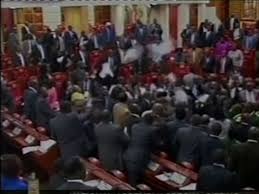 The speaker actually acted clueless on ways of dealing with the rowdy members of parliament. The manner in which the laws were passed indeed confirms that the laws are draconian. The laws that president Uhuru has critically campaigned for may see the nation get back to the old Moi era in which people were tortured by the police and the government. The heavy military presence outside the parliament buildings indeed proved a point. It was for the first time that people were refused access to the public gallery. The opposition senators were mistreated outside the House and one of them was even arrested or a few minutes. The mace in the House was under a tight security with it being guarded by about ten sergeants at arms. The divided House could have lost rip and the citizens’ trust, going by what those citizens watched broadcasted live on television channels in the country.
The speaker actually acted clueless on ways of dealing with the rowdy members of parliament. The manner in which the laws were passed indeed confirms that the laws are draconian. The laws that president Uhuru has critically campaigned for may see the nation get back to the old Moi era in which people were tortured by the police and the government. The heavy military presence outside the parliament buildings indeed proved a point. It was for the first time that people were refused access to the public gallery. The opposition senators were mistreated outside the House and one of them was even arrested or a few minutes. The mace in the House was under a tight security with it being guarded by about ten sergeants at arms. The divided House could have lost rip and the citizens’ trust, going by what those citizens watched broadcasted live on television channels in the country.